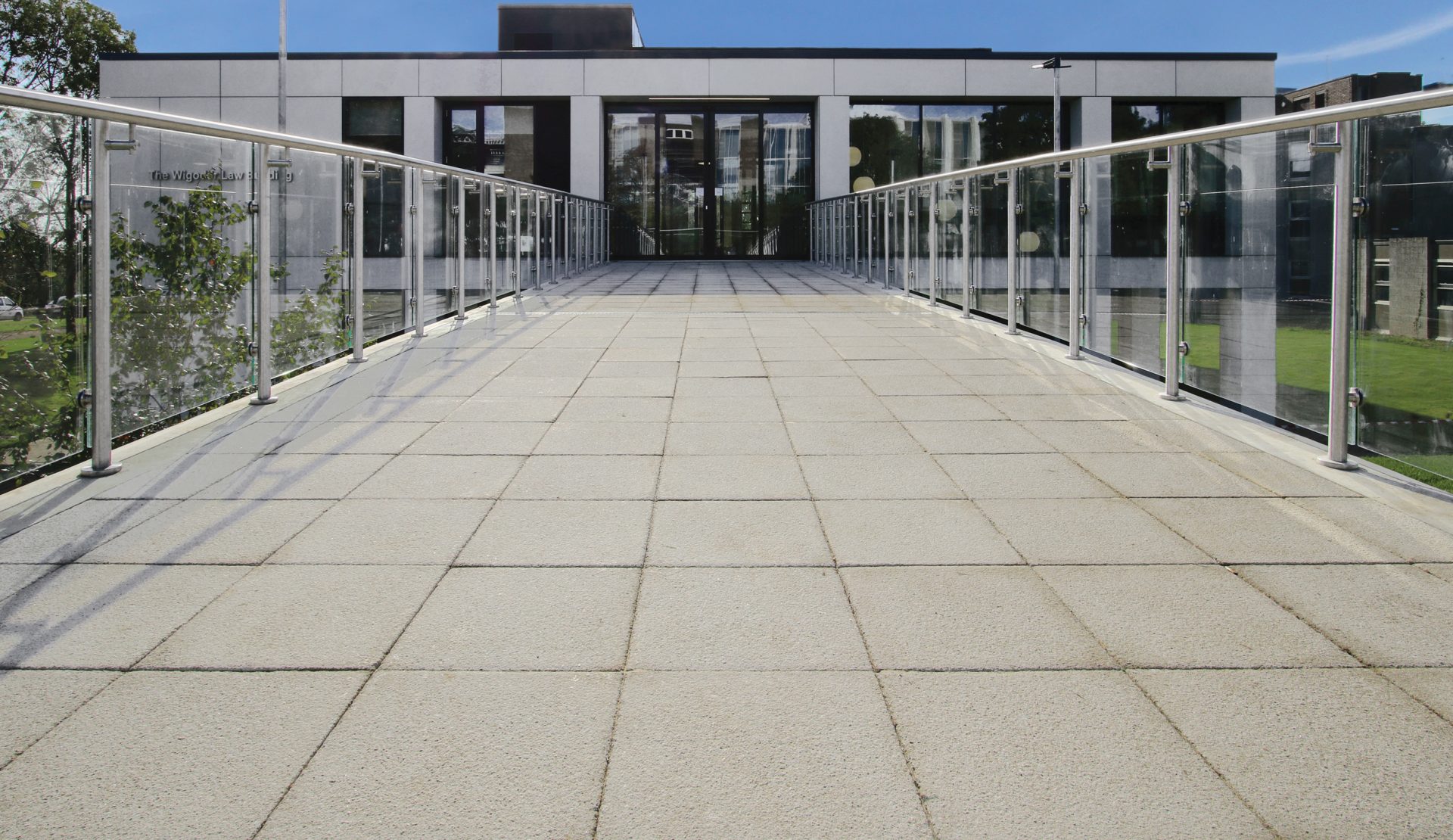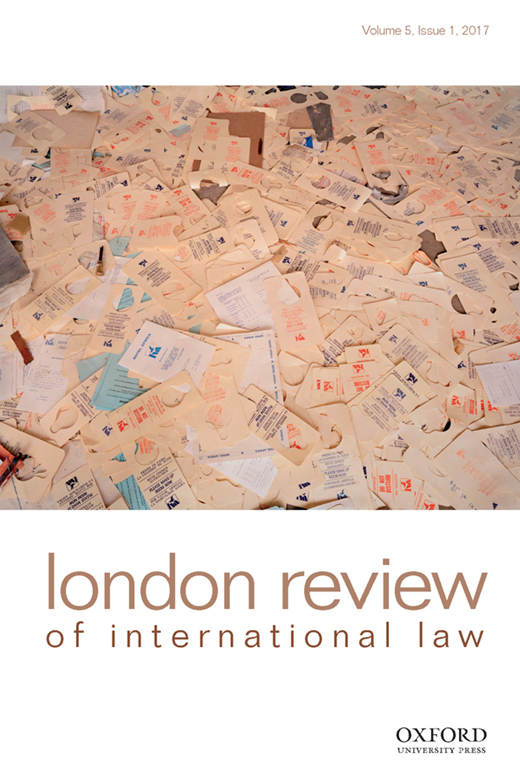In a special issue of the London Review of International Law, Dr Luis Eslava and Dr Rose Sydney Parfitt from Kent Law School are amongst five scholars exploring the impact of World War I through the prism of individually selected historical artefacts in an experiment to redefine the field and archive of international law.
Dr Eslava chose a 24-foot-long panorama – The Great War (2013) – by graphic novelist Joe Sacco for his article, ‘The materiality of international law: violence, history and Joe Sacco’s The Great War’. Sacco’s black and white drawing, folded numerous times into a book format, depicts the events of 1 July 1916, the first day of the infamous Battle of the Somme.
Dr Eslava explores two distinct yet interconnected questions that he believes reside at the core of our study of international law; the first about the temporal location of violence in international legal accounts of WWI and the second about where—in which places, sites and objects—we can apprehend the history of the international legal order. What, in short, is the archive of international law?
Through his analysis of Sacco’s panorama, Dr Eslava reveals the structures of authority that underpinned much of the violence of WWI and that continue to permeate the material world that surrounds us today. For Dr Eslava, this is a world that is produced by, and inseparable from, the international legal order.
For her article, Dr Parfitt selected the Anti-Neutral Suit (Vestito antineutrale), a man’s costume designed in 1914 by the Futurist artist Giacomo Balla. With its multi-coloured flame pattern in the red, white and green of the Italian flag, and with its equally eccentric asymmetrical design, the Suit was designed to explode (quite literally) the drab, uniformed turn-of-the-century European world by forcibly transforming the subjectivities of all those who encountered it.
In ‘The Anti-Neutral Suit: international legal futurists, 1914–2017’, Dr Parfitt argues that reading international law through the Suit clarifies the discipline’s role in rendering permanent, ubiquitous and desirable the violence of the ‘First’ ‘World War’. In her analysis, Dr Parfitt considers the Suit alongside present-day anti-neutral outfits and suggests that international law’s most important (individual, collective) subjects are not, in fact, definitively peaceable and egalitarian but rather violently expansionist.
Both articles are amongst five on international law and WWI by members of the HAAIL (History, Anthropology and the Archive of International Law) project, with Madelaine Chiam (Melbourne), Genevieve Painter (Berkeley) and Charlotte Peevers (Glasgow).
Madelaine Chiam’s artefact is an anti-war poster created by the Industrial Workers of the World in Australia; Genevieve Renard Painter analyses a letter to King George V written by members of the Haudenosaunee Confederacy from Ohsweken demanding the return of their sons who had enlisted to fight in the Great War; and Charlotte Peevers’s artefact is a memorial to fallen members of the Australian Imperial Forces erected at Port Said, Egypt in 1932, subsequently destroyed in the aftermath of the Suez War of 1956, and later re-erected in Albany, Western Australia, and Canberra, the Australian capital.
Senior Lecturer Dr Eslava works in the areas of International Law, International Legal Theory and History, Anthropology of International Law, Global Governance, Public Law, Law and Development, and Urban Law and Politics.His research focuses on the relationship between international and domestic legal orders, and the effects of this relationship both on our jurisprudential understanding of these areas of law, and on the constitution of everyday life in today’s global order. His recent book Local Space, Global Life: The Everyday Operation of International Law and Development was published by Cambridge University Press in 2015.
Lecturer Dr Parfitt is interested in the relationship between law, history and art. She is particularly interested in the concept of legal personality (or legal subjectivity) and its role in the distribution of wealth, power and pleasure within states and across the global legal order. Her current research project aims to put pressure on the taken-for-granted opposition between fascism and international law. Her book, Conditional State(ment)s: A Material History of International Legal Reproduction, will be published by Cambridge University Press in 2018.
Both Dr Eslava and Dr Parfitt are Co-Organisers of the International Law and Politics Collaborative Research Network (CRN) at the Law and Society Association.
The London Review of International Law is a peer-reviewed journal for critical, innovative and cutting-edge scholarship on international law. The latest issue (Volume 5, Issue 1) is available free and in full online.

